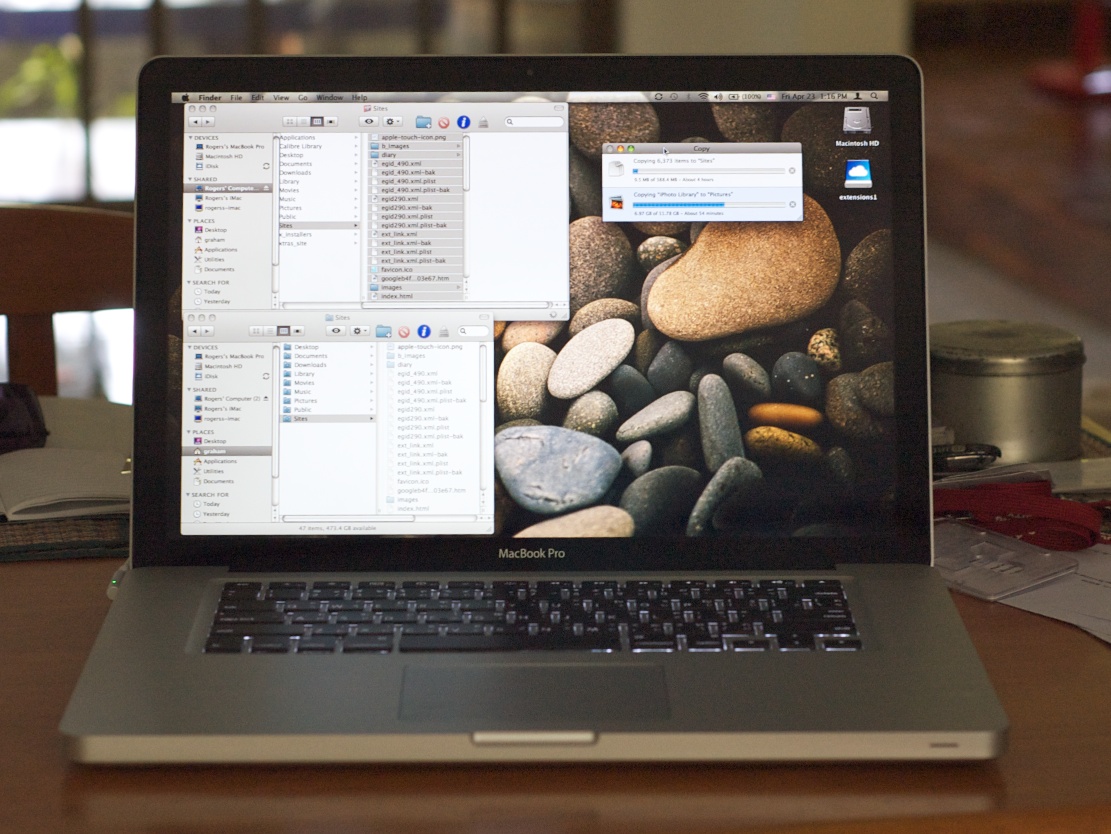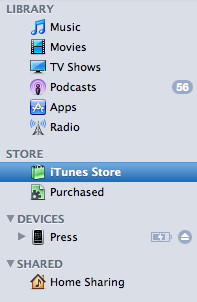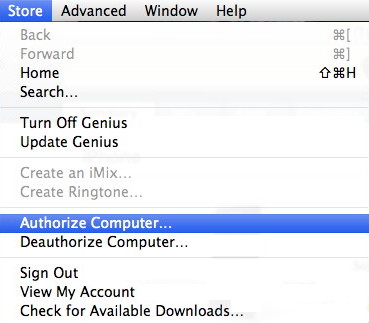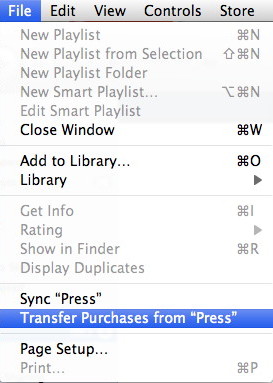|
|

More worrying initially, however, was transferring the iPhone to the new machine. I had left this task almost to last and had read up on the process, so was not expecting too many problems. The reality was a little different as before the iPhone can be transferred to the new computer, the computer has to recognise it. My heart sank when I connected it to the USB port and nothing appeared in iTunes. I tried another port and then another cable, also trying this in both ports. To check the ports, I inserted a flash drive and that was fine, so then connected an iPod Classic which appeared in the iTunes sidebar almost immediately. At this stage, I wondered if there was a problem with the iPhone, so tried my iPod touch, which has the same operating system: different to the iPod. When that failed to appear, I was left with the ideas that something in the new processor was causing a recognition problem, or we had a faulty installation. Just in case, I reset the iPhone. This did not work, but left me with the task of changing my settings again later. Apple has a trouble-shooting Support page detailing steps that should be taken if an iPhone is not recognised in iTunes. I worked my way through that bit by bit late Sunday night, including the task of reinstalling iTunes and removing its components. Failure; scratch head; go to bed.
He did the job a lot better than I had, creating a temporary Admin account for the purpose. Using some third party utilities, he cleared out all of the associated files then installed a new copy of iTunes. When the computer restarted, the iStudio iPhone was shown in the sidebar and then mine appeared when it too was connected. Something in my installation had been corrupt and I had not cleared it out properly, which also reinforces a point I made a couple of weeks back: we cannot see what is happening underneath. Despite spending over an hour on a computer that had not been bought from Com 7, there was no charge. My profuse thanks hardly seemed enough.
At breakfast it was apparently still busy, but once I had read the Bangkok Post, I found that I needed to click on a panel. Another appeared a short while later, so this part of the process should be monitored. The last step was to synchronise the iPhone which included checking all settings. In my case, as I had used the iPhone Restore feature, I had to make several changes on the device itself. The same day (Tuesday) I found an update from Apple: iPhone SDK Compatibility Update. This was to make sure that the iPhone would be recognised by a Mac, so I may not have been alone here. The following day, there was also another update to iTunes (9.1.1).

|
|

 On Monday afternoon I was in Central Pinklao buying birthday presents for a friend. I had come straight from work and had my computer, so my friend suggested the
On Monday afternoon I was in Central Pinklao buying birthday presents for a friend. I had come straight from work and had my computer, so my friend suggested the 

 First, I reset all warnings, then selected Backup.
With my iPhone this took ages, while a 3Gs iPhone on my old computer was much faster. I left my iPhone connected overnight and when I woke at 5.30am it was done. I selected "Restore from Backup" and went back to sleep.
First, I reset all warnings, then selected Backup.
With my iPhone this took ages, while a 3Gs iPhone on my old computer was much faster. I left my iPhone connected overnight and when I woke at 5.30am it was done. I selected "Restore from Backup" and went back to sleep.

